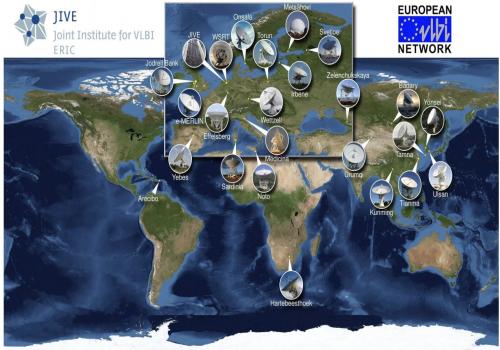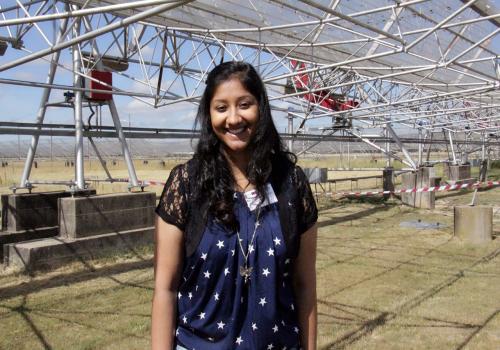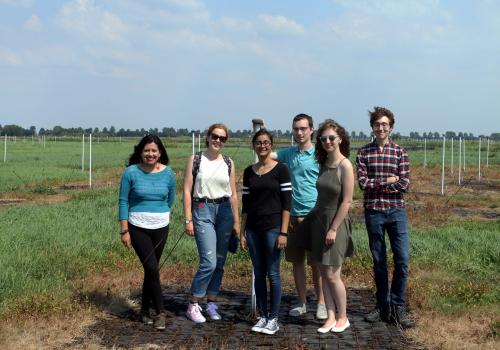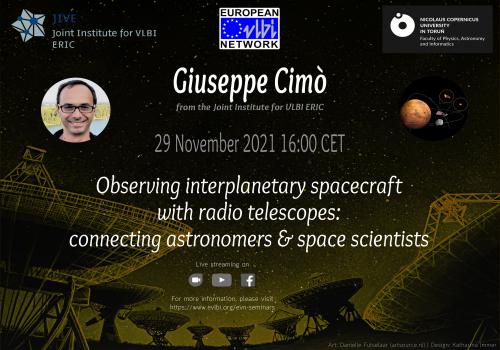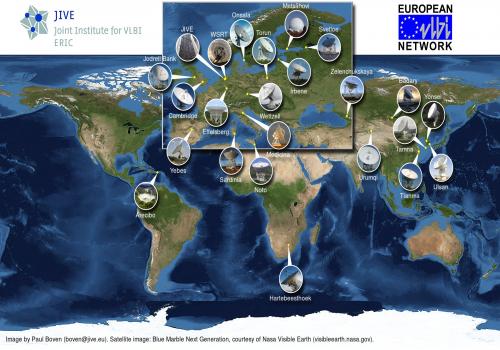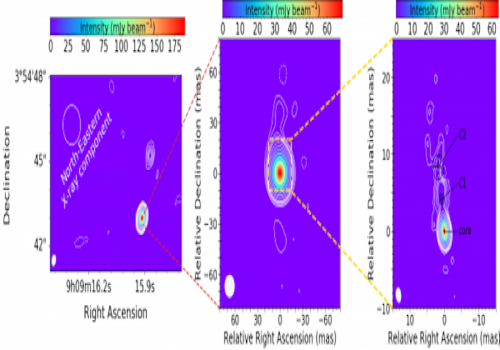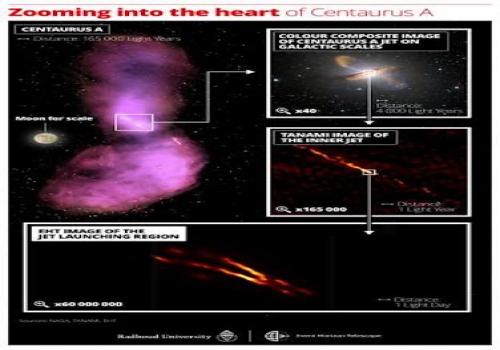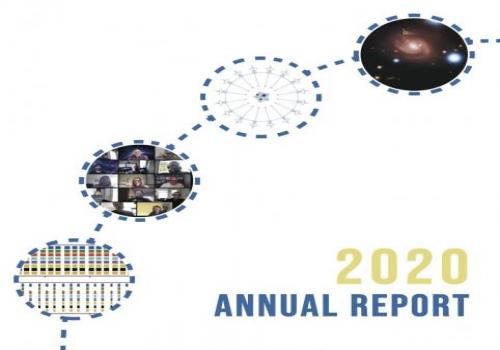News
Job Vacancy: JIVE Support Scientist
17/12/2021
The Joint Institute for VLBI ERIC (JIVE) invites applications for the position of JIVE Support Scientist to become available from as early as April 2022. The position has a 50%-50% split between support duties and the appointee's own research. Deadline for applications is 1 February 2022.
JIVE researcher receives prestigious NWO-Veni grant
16/12/2021
JIVE Researcher Shivani Bhandari has been the recipient of one of the NWO-Veni grants announced today that will allow her to develop research in the field of Fast Radio Bursts for a period of three years.
The JUMPING JIVE project successfully closes its activities
02/12/2021
The H2020 JUMPING JIVE project, which successfully passed its final review by the European Commission, has been instrumental during the past 4 years in the development and reinforcement of JIVE and the European VLBI Network (EVN) activities in key aspects for their sustainability that will impact the VLBI community in the next decades.
ASTRON-JIVE 2022 Summer Research Programme Opens Applications
01/12/2021
The Joint Institute for VLBI ERIC (JIVE) and the Netherlands Institute for Radio Astronomy (ASTRON) announce up to 7 grants for students to participate in the ASTRON/JIVE 2022 Summer Research Programme. Deadline for applications is 1 February 2022 00:00 CET.
Second edition of EVN Online Seminar Series
16/11/2021
The European VLBI Network (EVN) is pleased to announce the second edition of the series of online seminars “The sharpest view of the radio Universe: VLBI – Connecting Astronomers Worldwide”. Five seminars will cover different science topics illustrating how Very Long Baseline Interferometry can improve our understanding of many astronomical phenomena and how this technique is useful for the whole astronomical community. The new seminars will start on 29 November 2021 and will be organised around every six weeks, leading up to the organisation of the 2022 EVN Symposium on 11-15 July 2022.
The EVN/JIVE Newsletter #60 is published
02/09/2021
The September 2021 issue of the EVN/JIVE Newsletter is now available and includes relevant updates of the European VLBI Network (EVN).
European VLBI Network Call for Proposals is open
31/08/2021
Observing proposals are invited for the European VLBI Network (EVN). The deadline for proposal submission is 1 October 2021 at 16:00 UTC.
VLBI Session at URSI GASS 2021
11/11/2021
On 1 September 2021, the Session "Very Long Baseline Interferometry" will highlight the relevance of VLBI in the fields of astrophysics, Earth and planetary sciences. The session is co-organised by JIVE as part of the XXXIV General Assembly and Scientific Symposium of the International Union of Radio Science (URSI GASS 2021) that will be held in Rome (Italy) from 28 August to 4 September 2021
EHT pinpoints dark heart of the nearest radio galaxy
11/11/2021
An international team anchored by the Event Horizon Telescope (EHT) Collaboration, which is known for capturing the first image of a black hole in the galaxy Messier 87, has now imaged the heart of the nearby radio galaxy Centaurus A in unprecedented detail. The astronomers pinpoint the location of the central supermassive black hole and reveal how a gigantic jet is being born. Most remarkably, only the outer edges of the jet seem to emit radiation, which challenges our theoretical models of jets. This work, led by Michael Janssen from the Max Planck Institute for Radio Astronomy in Bonn and Radboud University Nijmegen is published in Nature Astronomy on 19 July 2021.
JIVE Annual Report 2020 now available
11/11/2021
The JIVE Annual Report 2020 is now available. It presents a summary of JIVE’s many activities throughout the year.

